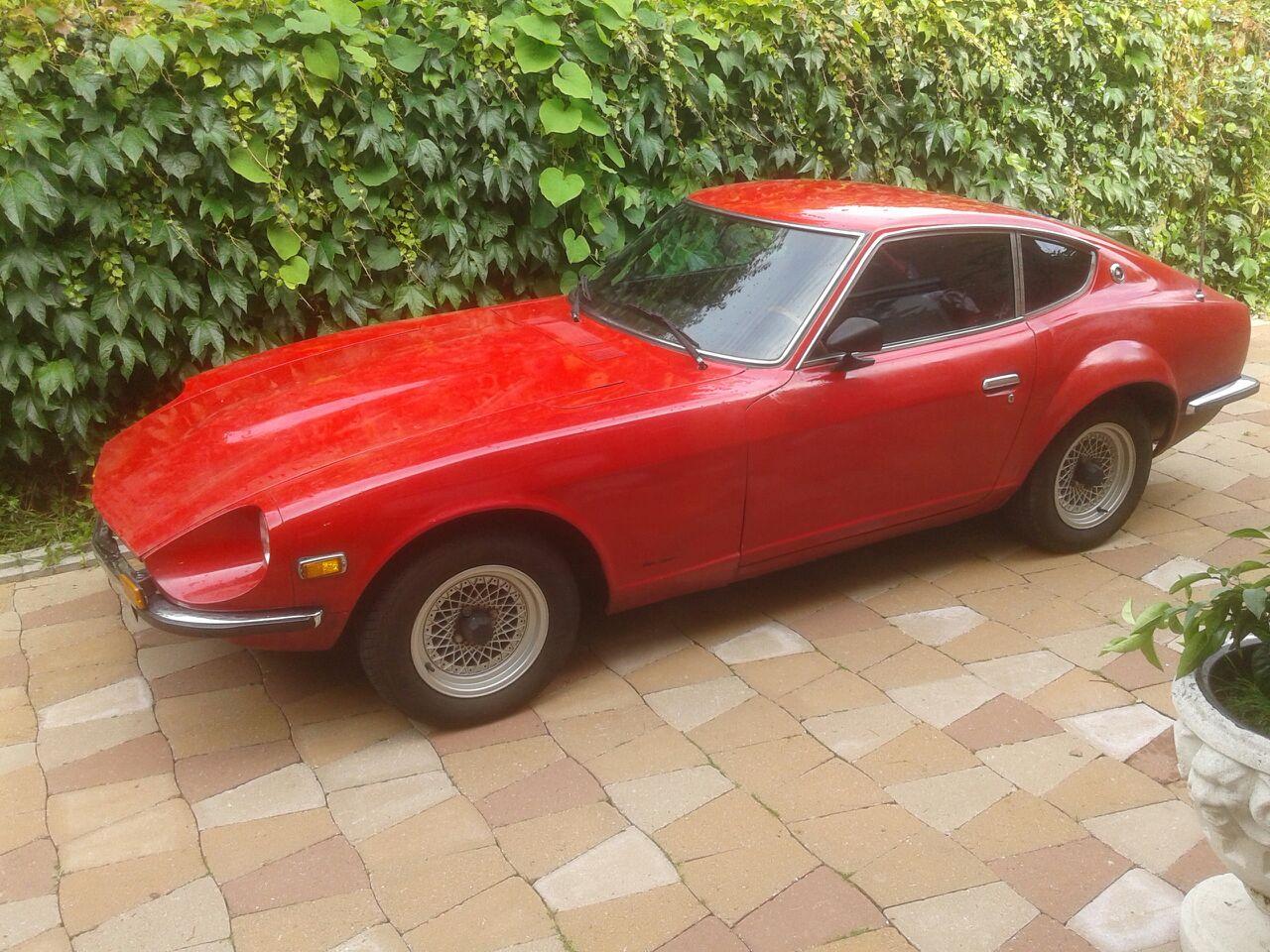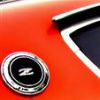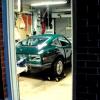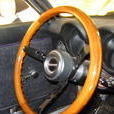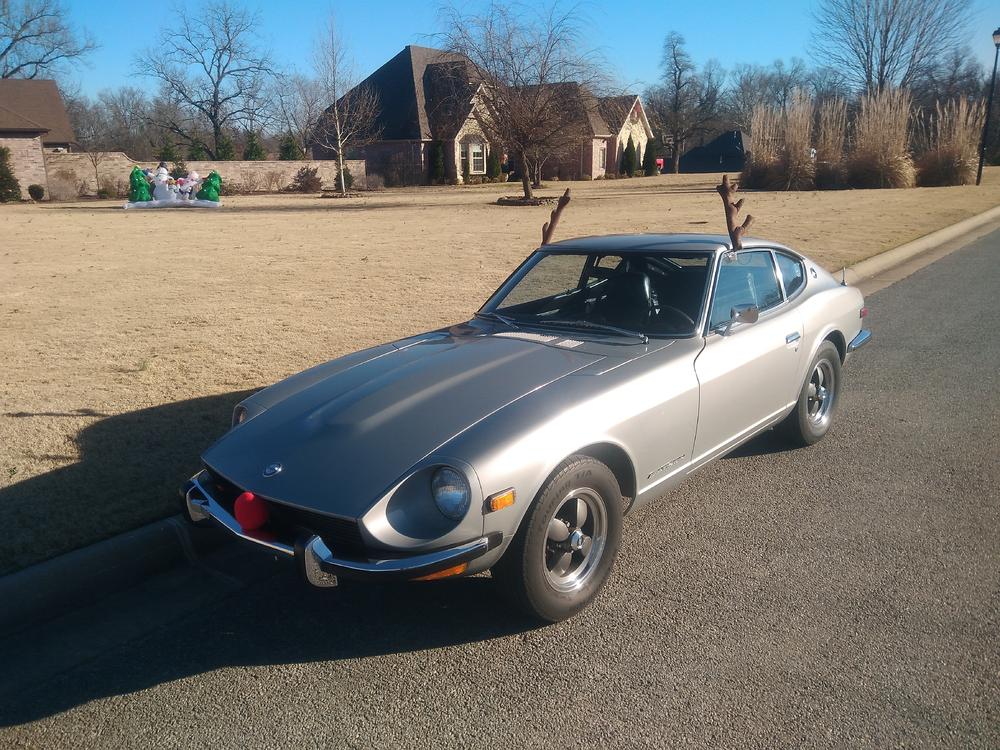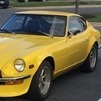You ask "What should you be concerned about in finding a decent car?
First and foremost, see the car personally. The cost of a drive, or a quick flight will be peanuts compared to what you could lose by buying a car with hidden defects. I have the scar tissue to prove it.
Long-distance, I bought an e-bay car from the rust belt. "Rust-free" said the ad. The photos didn't show any rust, but it's amazing what fiberglass, paint, and spray-on undercoat can hide. The second car, I found in the sun belt. It was for sale in an auto-repair shop. Apparently the car's owner had died, and the shop was selling to cover their bill. When I got there, the fellow asked me what I wanted to see, to which I replied "everything." After looking around for a few minutes and finding nothing that troubled me, I asked if I could see the underside. He put the car on the hoist, handed me a trouble light and said "take your time." I did, and I bought. Airfare, car rental and one night in a hotel, I probably spent $700-800, which is a minute fraction of what major repairs, particularly body rust, can cost.
Hope you find what you're looking for!
ps, I second Wheee!s recommendation with respect to zKar's Z for sale. Lovely customized / hot-rodded restoration. The guy who's selling it really knows his Z-car stuff.
